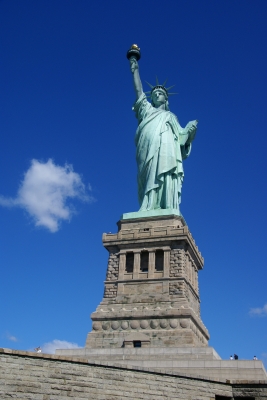
‘To Infinity and Beyond’ – Buzz Lightyear.
- Toy Story is a computer animated movie produced by Pixar and Walt Disney.
- Toy Story was released on 22 November 1995 and re-released as a 3D movie on 2 October 2009.
- Toy Story is about a group of toys that have typical human behaviours, and pretend to be ‘dead’ toys when humans are present; the main characters being Woody, the pull string doll, and Buzz Lightyear, a space action figure.
- The Toy Story film idea originated from the very successful, animated ‘Tin Toy’, a short film (five minutes) that was made to test new computer animating software in 1988.
- There are two sequels to Toy Story – Toy Story 2 produced in 1999 and Toy Story 3 in 2010.
- The original Toy Story script was rehashed numerous times, and was very different to the released movie.
- Toy Story was the first, completely computer animated, full length film.
- Toy Story gained more than $350 million at the box office, with nearly $30 million on the weekend of its release.
- Production of Toy Story came to a halt in November 1993, and was nearly cancelled due to issues with its story line.
- Toy Story received numerous awards, including the Academy Special Achievement Award.















